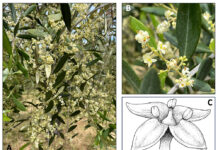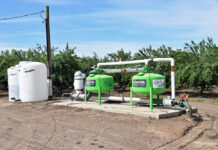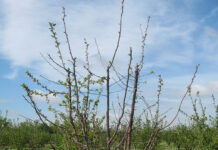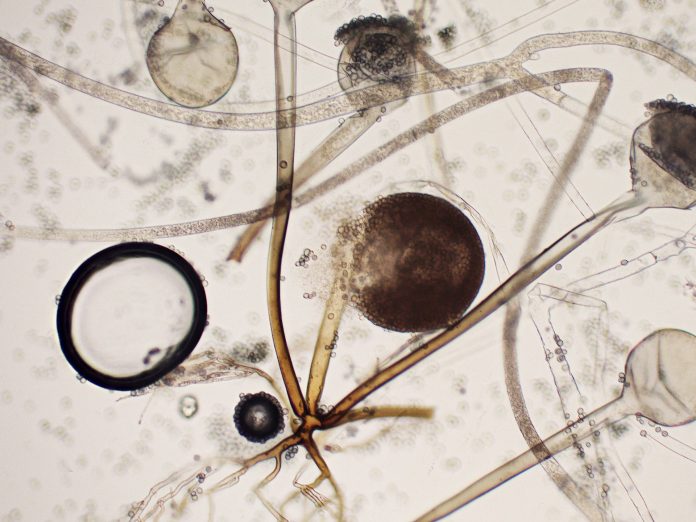
Growers face a multitude of obstacles when trying to produce large volumes of high-quality strawberry fruit for a market that runs for many months. Up-front, pre-plant ground preparation and transplant costs are significant financial commitments that are expensed before even a single strawberry plant is put in the ground. Untimely rains and insect infestations can result in loss of fruit quality and numbers. A series of soilborne pathogens can later cause plant collapse and loss of profit. Of course, the intractable labor shortage dilemma may even result in perfectly marketable fruit not reaching the consumer.
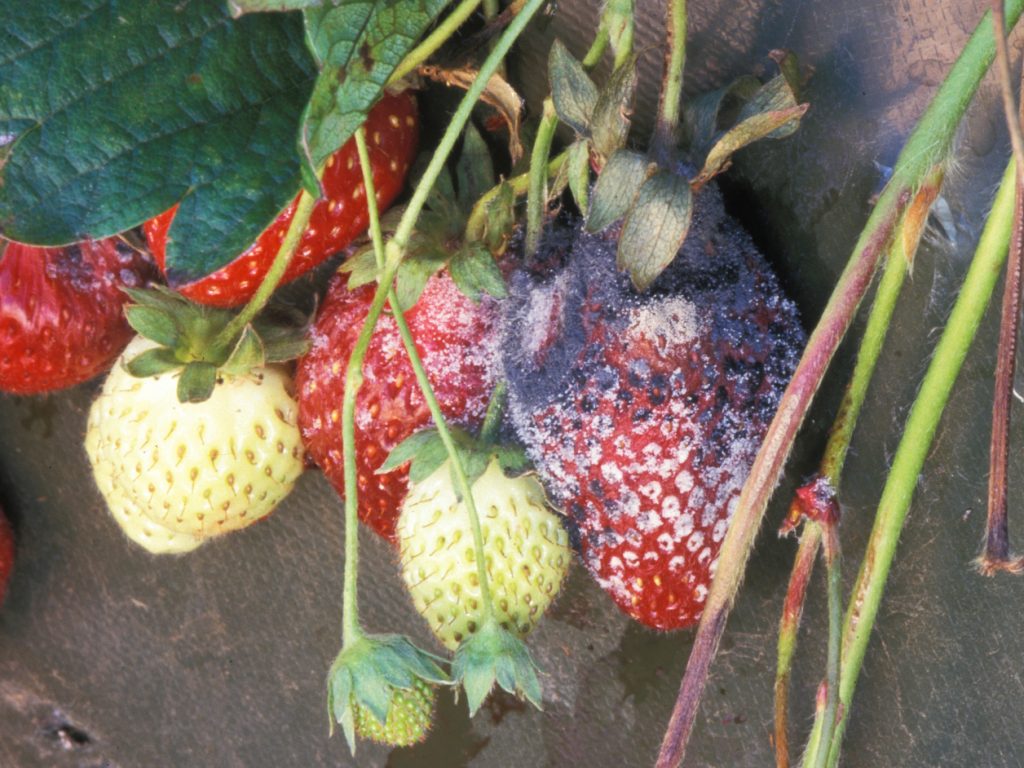
When it comes to diseases of the strawberry fruit, the number one concern is gray mold (also called Botrytis fruit rot), which justifiably attracts the rapt attention of field professionals and captures the interest of researchers. However, in coastal California another fungal issue can also take its toll on strawberry yields and quality and in many ways is overlooked and underestimated by the industry. Rhizopus fruit rot and Mucor fruit rot are collectively known as “leak” disease; this disease concern also deserves to be recognized and studied.
Symptoms, Signs, Diagnosis
In the field, leak symptoms and signs only develop on mature or near-mature fruit and are very distinctive. Infected red fruit first take on a darkened, water-soaked appearance; in short order the fruit will begin to wrinkle and collapse. Almost overnight the rapidly growing Rhizopus or Mucor pathogen will be visible as white fungal growth peppered and interspersed with tiny black spheres. Fungal growth will be extensive and can entirely envelop the fruit, turning it into a white and black lump (Photo 1). Rhizopus and Mucor produce pectolytic (endopolygalacturonase) and cellulase enzymes as they colonize the strawberry, disintegrating the fruit tissues and causing red juices (Photo 2) to ooze and flow onto the plastic that covers the bed. It is because of these messy red juice flows that the designation “leak” is used for this disease.

This ugly scene in the field, however, is only part of the problem that these fungi cause. During harvest infected but symptomless fruit, as well as healthy fruit exposed to spores of the two pathogens, will be packed into containers. The pathogens can continue to grow during postharvest handling, storage, and market display of fruit, causing postharvest fruit losses, shortening of shelf life of the product, and creating a mess in crates and clamshells (Photo 3). In fact, if fruit are not properly refrigerated, the fungus on a single infected fruit can rapidly spread throughout an entire container, resulting in what is known as “nesting” or clumping of oozing, rotted fruit. Harvested strawberry fruit are subject to a number of rotting molds; the leak fungi are generally identifiable due to the color and nature of the fungal growth (see table).
The Pathogens
Much is already known about the two fungi causing strawberry leak disease. Rhizopus and Mucor are both in the group of fungi called Zygomycetes. Both fungi are commonly found in agricultural environments and cause similar ripe fruit rots on crops such as apricot, cherry, peach, pear, and tomato. While closely related to each other and difficult to differentiate in the field, the two pathogens differ slightly. On California strawberry, Rhizopus tends to be the more commonly encountered pathogen. Rhizopus grows very rapidly and haphazardly in orientation, creating a web-like mess of mycelium (Photo 4). Rhizopus forms a brown orange, root-like structure (called rhizoids) that allows it to quickly spread between adjacent fruit (Photo 5). The black, spherical spore bearing structures produce huge numbers of dry spores that are readily spread by winds (Photo 6). Mucor grows more slowly with an upright, erect mycelial habit (Photo 7) and also produces spores on a black spherical structure (Photo 8). However, Mucor spores collect in a wet droplet surrounding the head; such spores are therefore less prone to dispersal by winds.
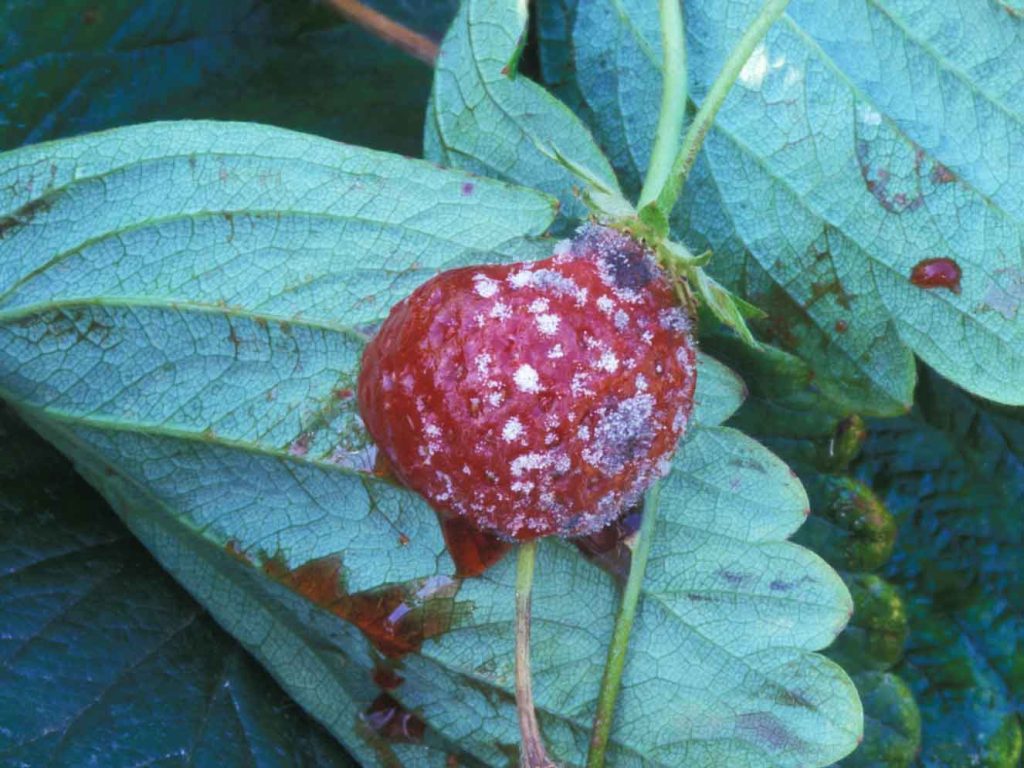
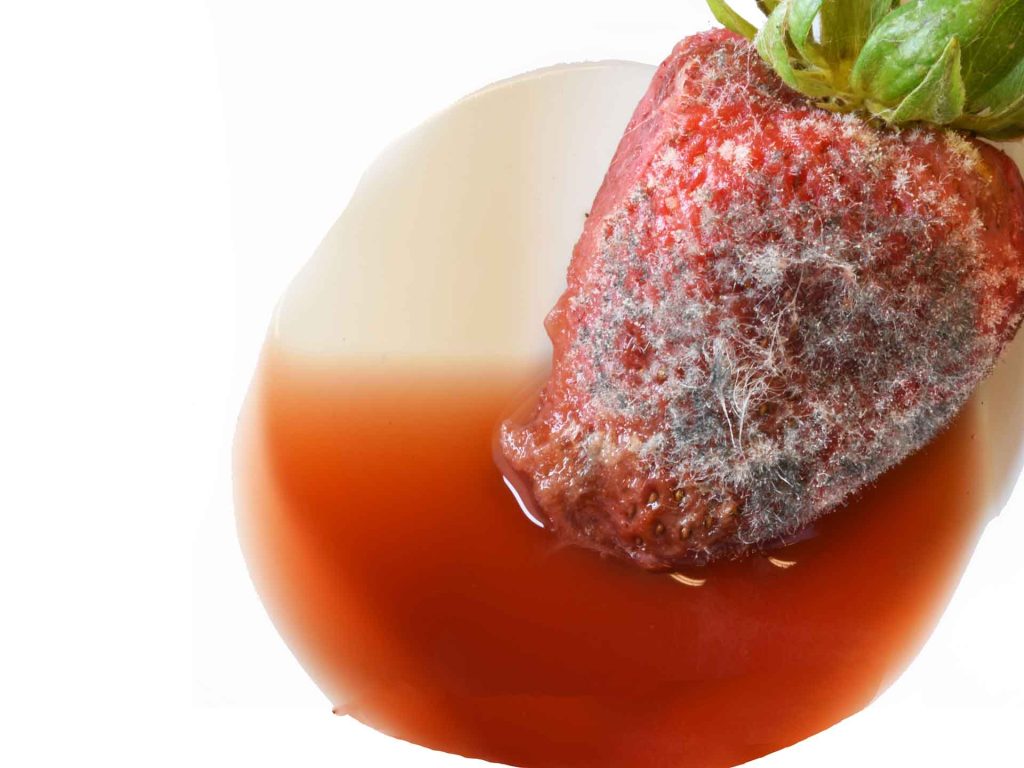
Both fungi survive and increase in the field by colonizing dead organic matter and debris; Rhizopus and Mucor also readily colonize discarded and over-ripe strawberry fruit left on the plant or thrown into the furrow. These fungi produce a resilient structure (zygospore) that resists drying and weathering and provides another means of survival. Both Rhizopus and Mucor can be readily isolated from soil, thereby demonstrating that these fungi can persist in fields even if strawberry is not present. Once strawberry fruit begin to develop and ripen, spores come in contact with the fruit and usually gain entry via wounds and injuries. Strawberry leak pathogens tend to be more active if temperatures are relatively warmer, generally 65 F or higher. This temperature factor may be one reason that leak disease is more damaging in coastal California in late summer through early fall. The pectolytic enzyme that causes fresh market fruit to melt into juices can also be a concern in some processed fruit products. The enzyme is heat-stable and withstands canning temperatures; for example, apricot halves and brined cherries that are contaminated with Rhizopus and then canned may end up being apricot or cherry mush because of the continued activity of the stable enzyme even though the original fungus is cooked and dead.
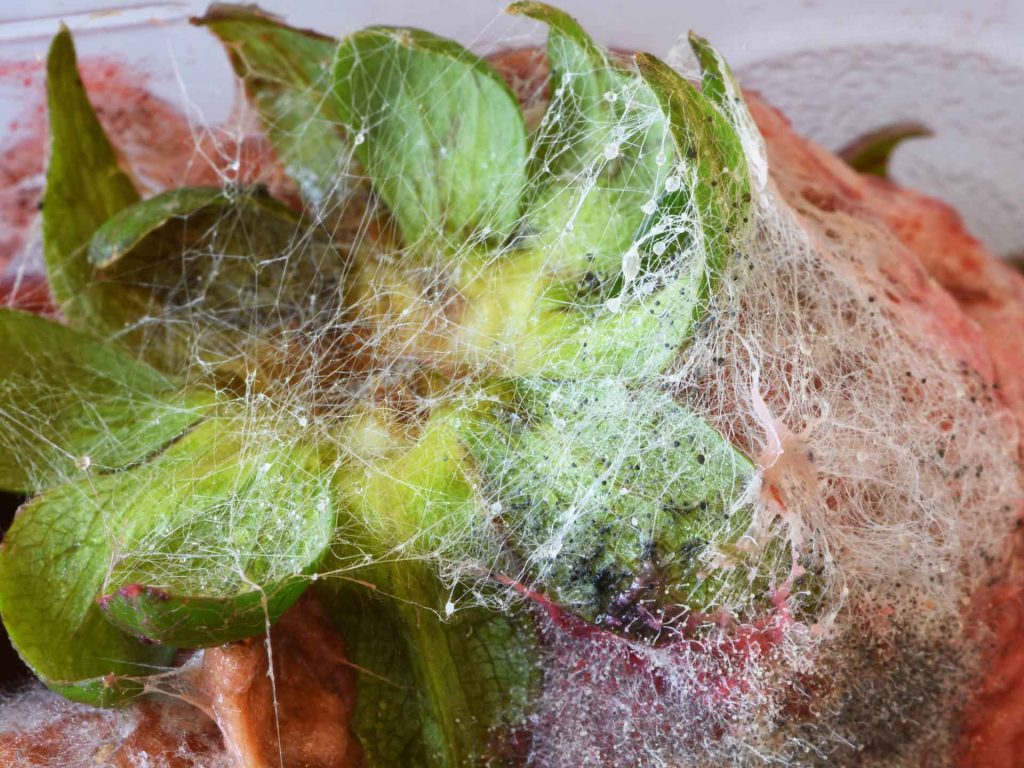
Management Options and Research Needs
Growers already know to refrigerate strawberries as soon as possible after field packing the fruit. Refrigeration is a primary management tool for reducing losses due to leak disease. While refrigeration generally limits the development of Rhizopus, it is notable that some species of Mucor can grow quite well at storage temperatures of 32 F (0 C). Therefore, one research need is the precise identification of Rhizopus and Mucor species present in strawberry fields. Different species will have different temperature optima regarding growth and ability to infect fruit in the field, and the different species may respond differently to postharvest conditions.
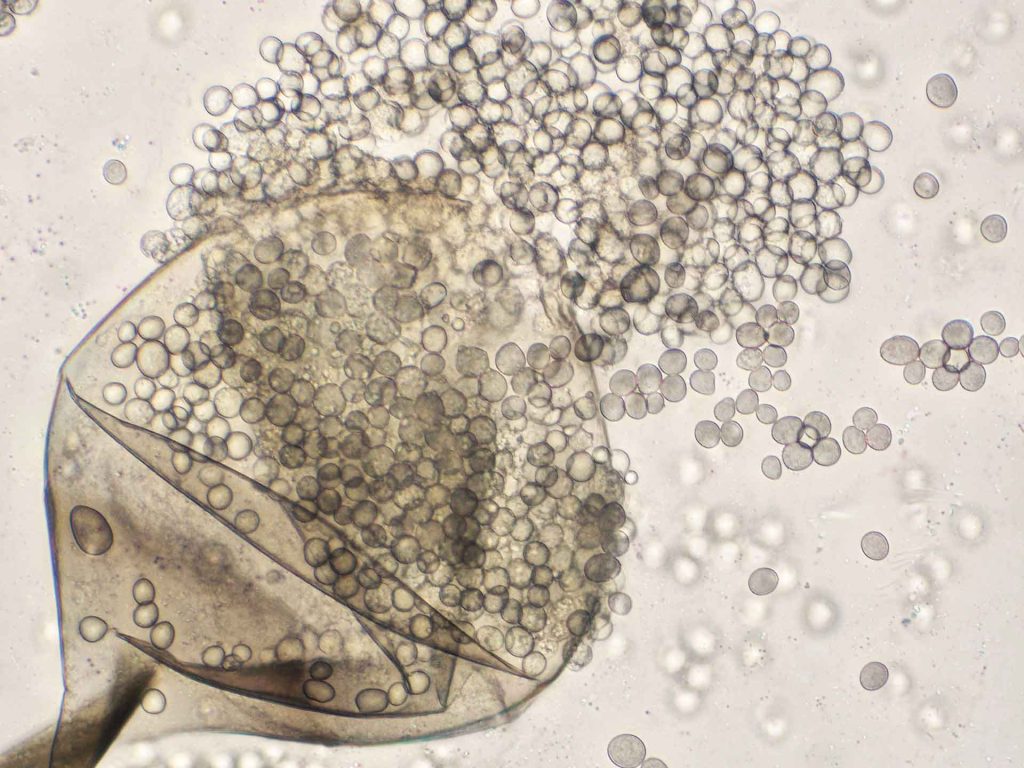
Sanitation, both in field and during harvest, is another means of limiting leak development. Reducing the amount of over-ripe and rotted fruit in the field may help limit the Rhizopus and Mucor inoculum present in the planting; the influence of field sanitation on inoculum is another area of needed research. Field sanitation may be an increasingly difficult goal to attain given labor shortages and costs. Sanitation during the harvest process mainly involves the training and education of harvesters. Harvesters who touch and handle leak fruit will easily transmit the fungus to healthy fruit that are packed. Therefore, pickers should be reminded not to touch leak fruit and to be sure not to pack fruit showing any hint of leak infection.
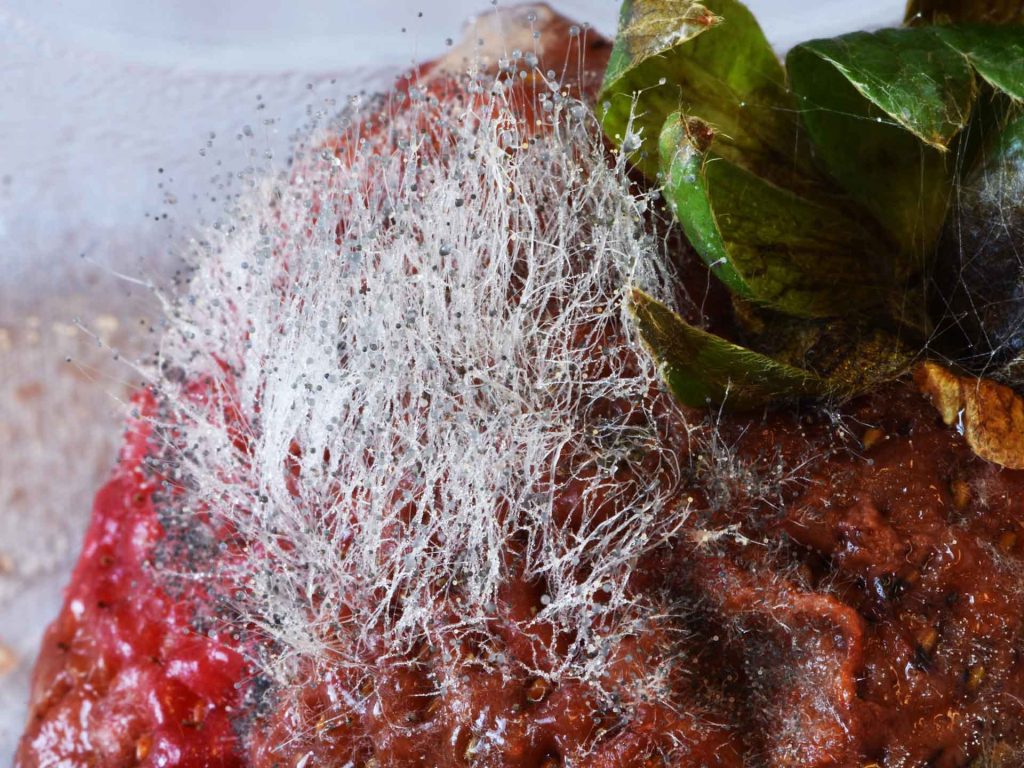
Fungicides can effectively limit Rhizopus development for some crops. However, such information is lacking for strawberry. Research is needed to determine the efficacy and feasibility of using fungicides for leak management in strawberry. Other interactions involving fungicides should also be investigated. There are indications that fungicides used to manage Botrytis could exacerbate growth by Rhizopus and Mucor.
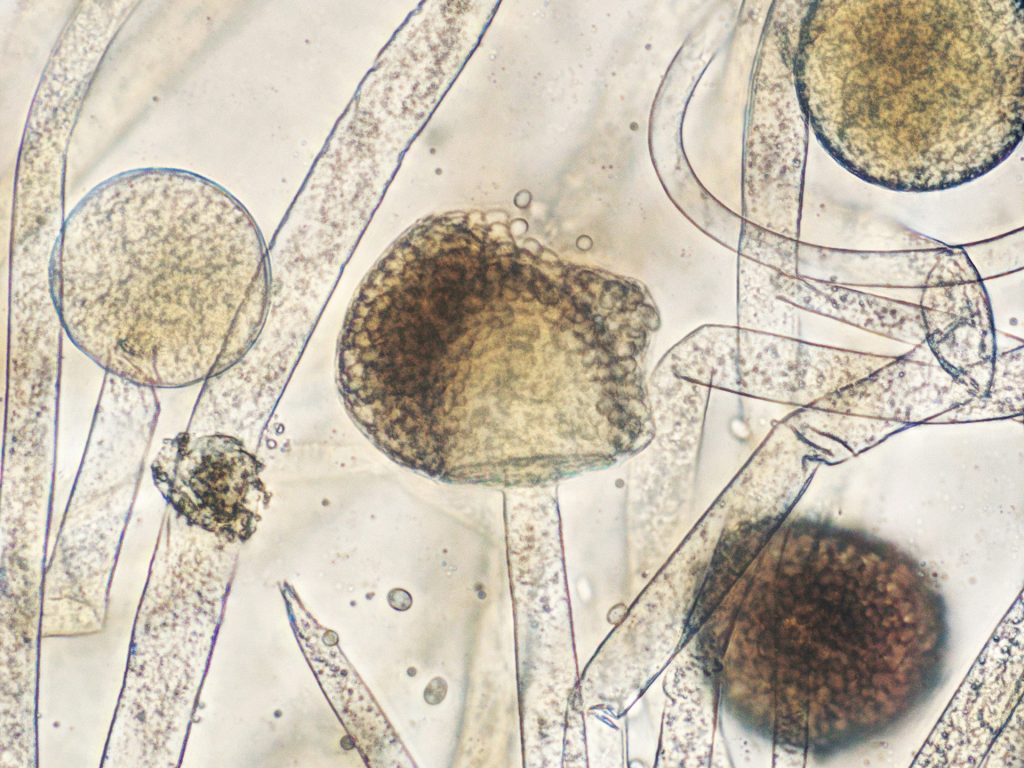
Among the many challenging factors facing strawberry growers, leak disease is not the number one concern. However, during certain times of the year in coastal California, leak disease can affect a significant amount of the harvest. A better understanding of strawberry leak disease, achieved through collaborative research, may help this industry manage this problem and improve on an already excellent commodity.


